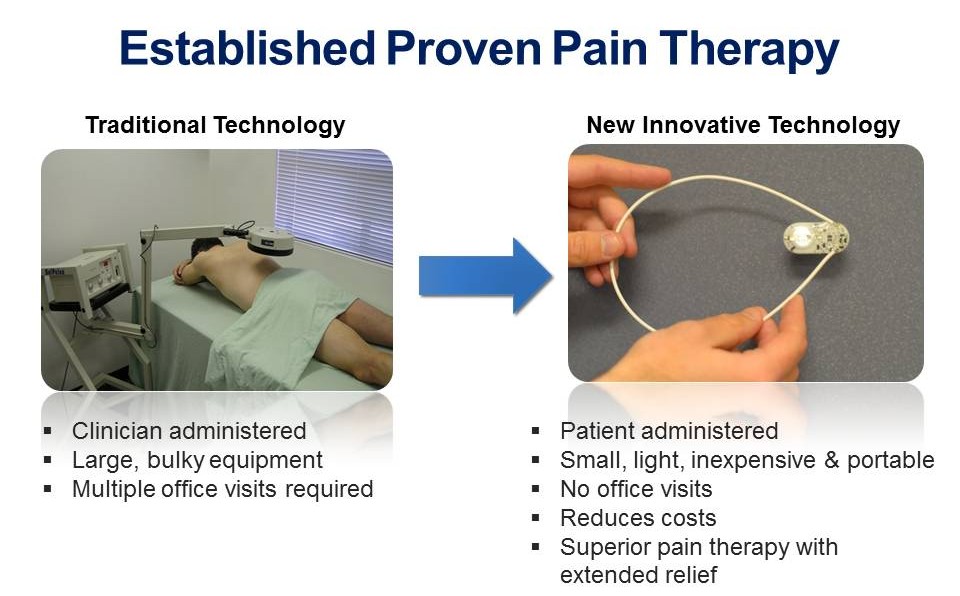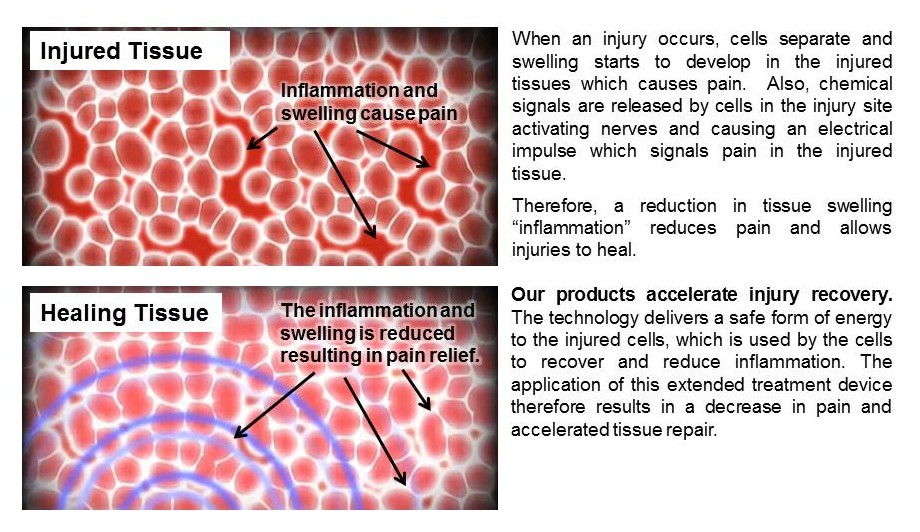Mei-Ling Kuo et al.
GaN based LEDs are an attractive light source for
illumination due to their efficiency and long lifetime.
There is a need for comparc, bright and directed LED
for emerging biosensing and bioimaging applications.
Today there are 2 types of structures that help us extract
the trapped LED light. Thin films with back reflectors. And photonic crystals,
one problem with photonic crystals is the guided modes that limit the
efficiency. An alternative is to etch 2D hole through quantum wells, because QW
is inside a photonic crystal and the guided modes may be eliminated due to a 2D
photonic stop gap. The researches in this paper demonstrated a large increase
in light extraction efficiency due to guided-mode reduction, an embedded
emitter design and an ultraefficient light out-cupling by fundamental HE11.
The LED sample was grown on a sapphire substrate. The
multiquantum wells consisted of six periods of InGa/GaN sandwiched between a
p-type GaN and N-type GaN. The nanorod
LED was produced using direct electron-beam-write.
The result is a LED of just some microns large and
with diameter from 50 to 400nm. To study its efficiency it was coupled to a
fiber and the luminescence signal was collected by a 40x objective.
Figure 1: NanoLEDs SEM and emission image.
The results are impressive, the got a 79% efficiency
of light extraction.
This kind of nanoLEDs can be used in many
applications, from biosensors to photonics, so we might hear a lot of them in
the next years.
+22.57.33.png)




